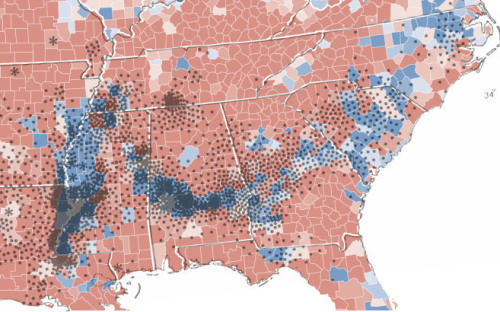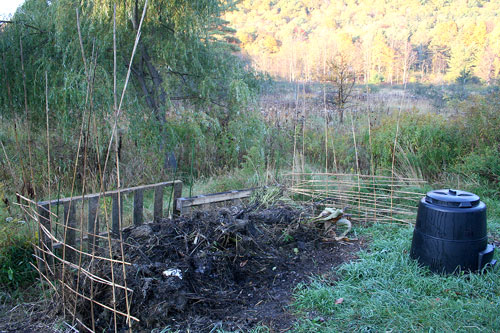Wherein I find support for peeing on the compost pile in this morning’s NYTimes OpEd section.
Urine might be one way forward. Before engineers scoff into their breakfast, consider that since at least 135,000 urine-diversion toilets are in use in Sweden and that a Swiss aquatic institute did a six-year study of urine separation that found in its favor. In Sweden, some of the collected urine — which contains 80 percent of the nutrients in excrement — is given to farmers, with little objection. “If they can use urine and it’s cheap, they’ll use it,†said Petter Jenssen, a professor at the Agricultural University of Norway.




